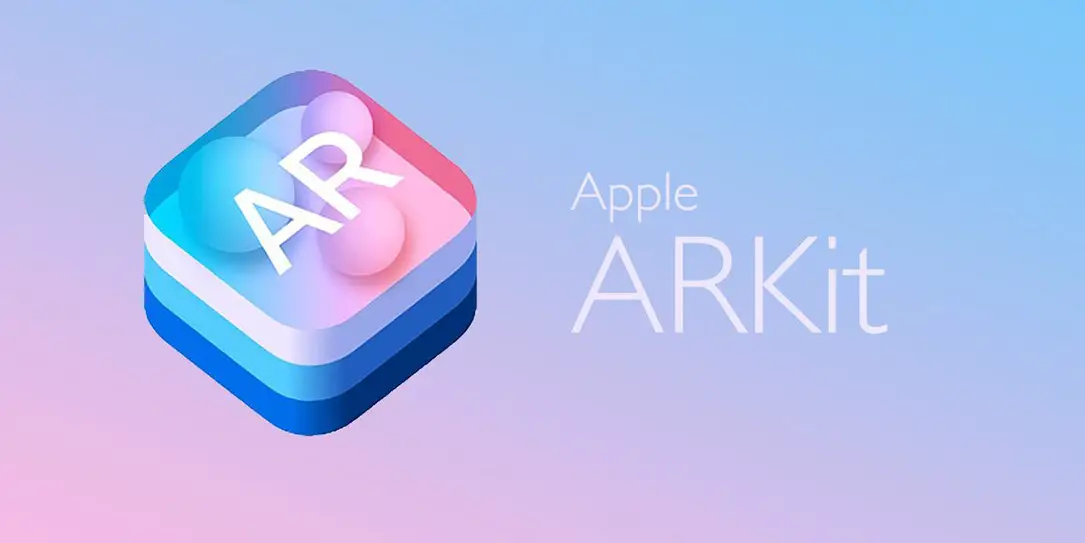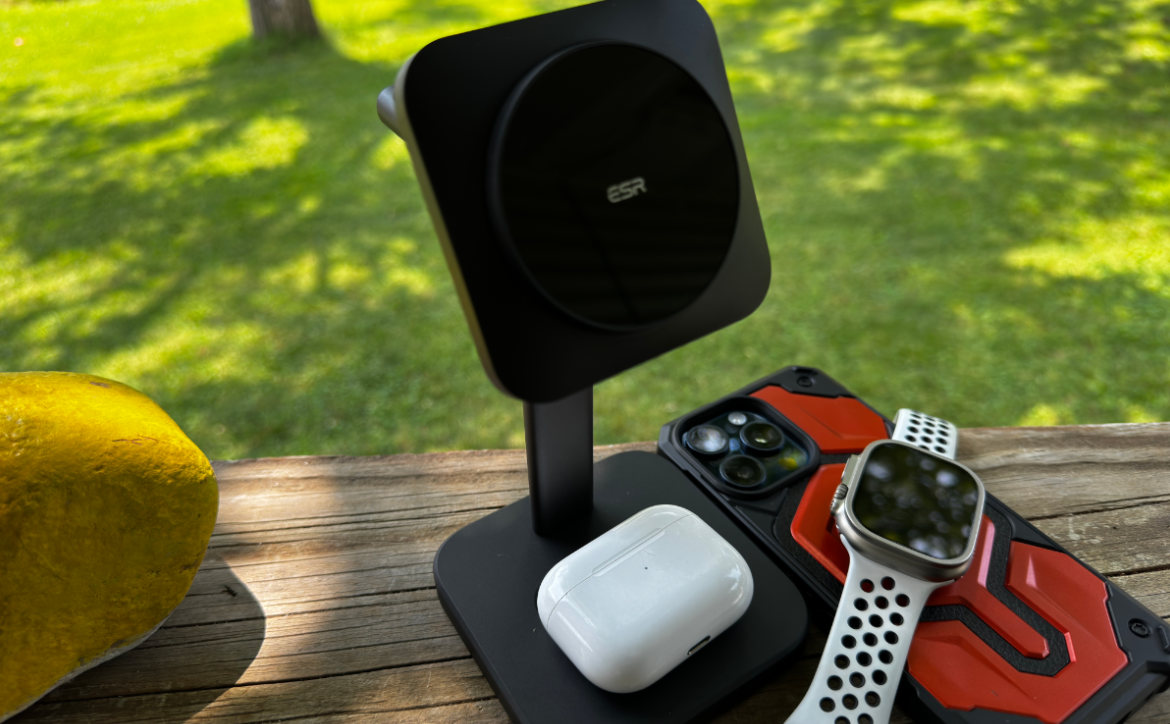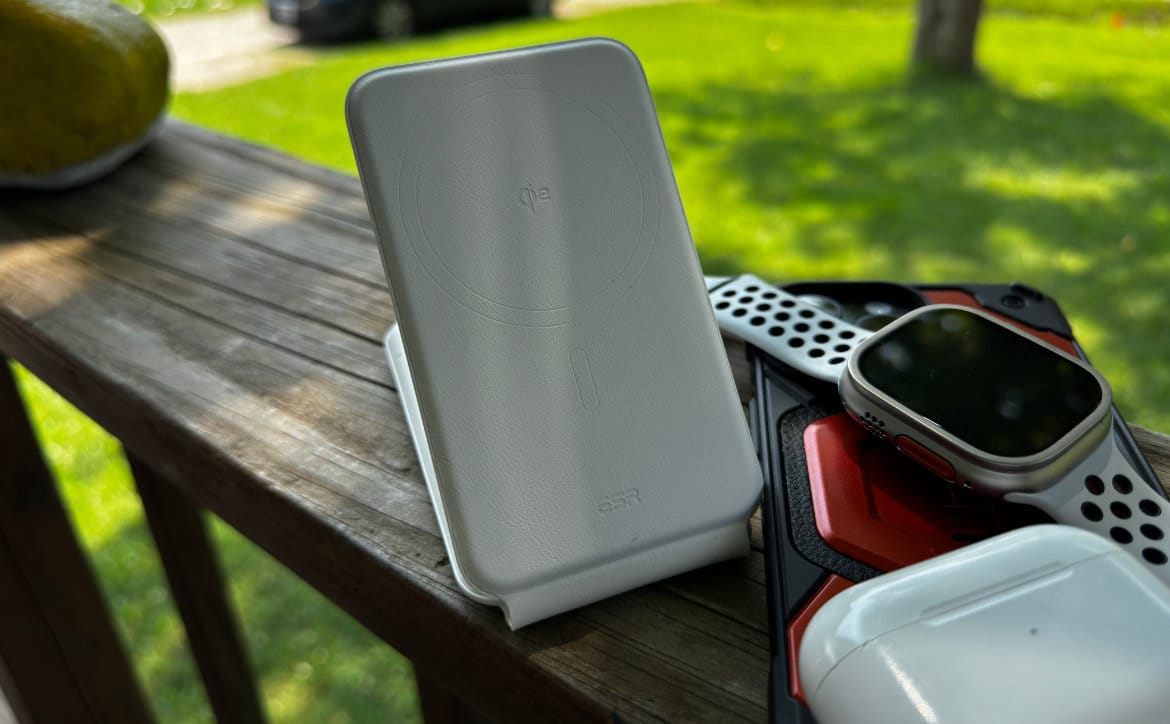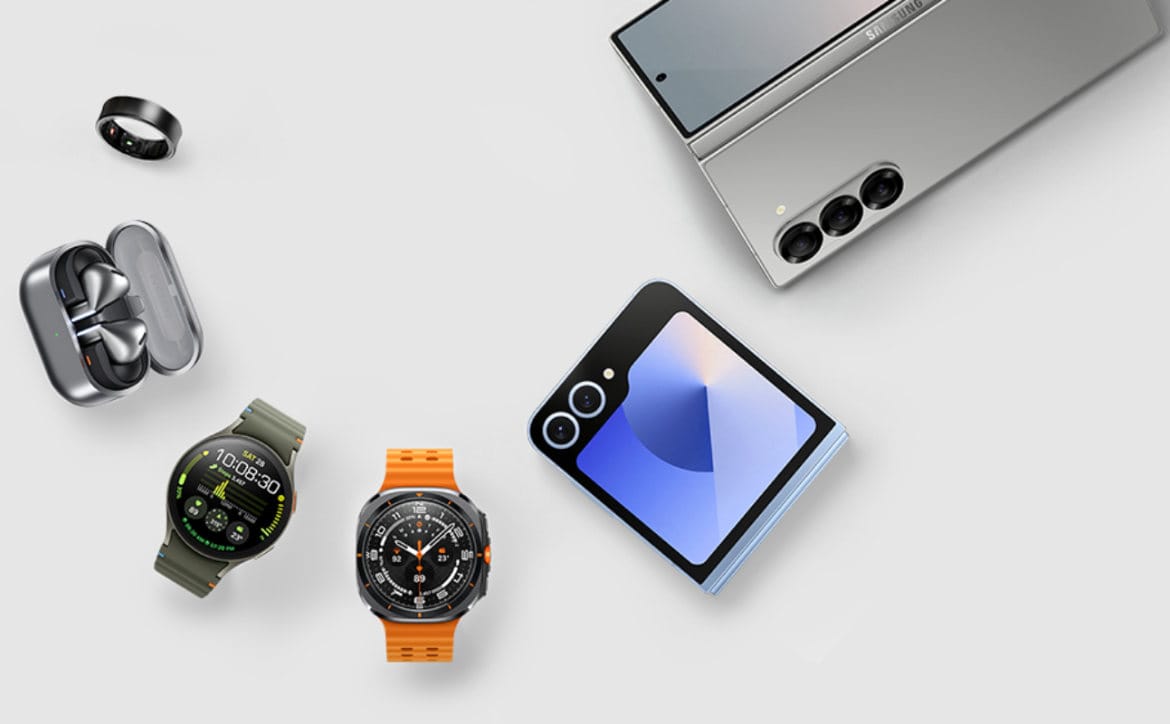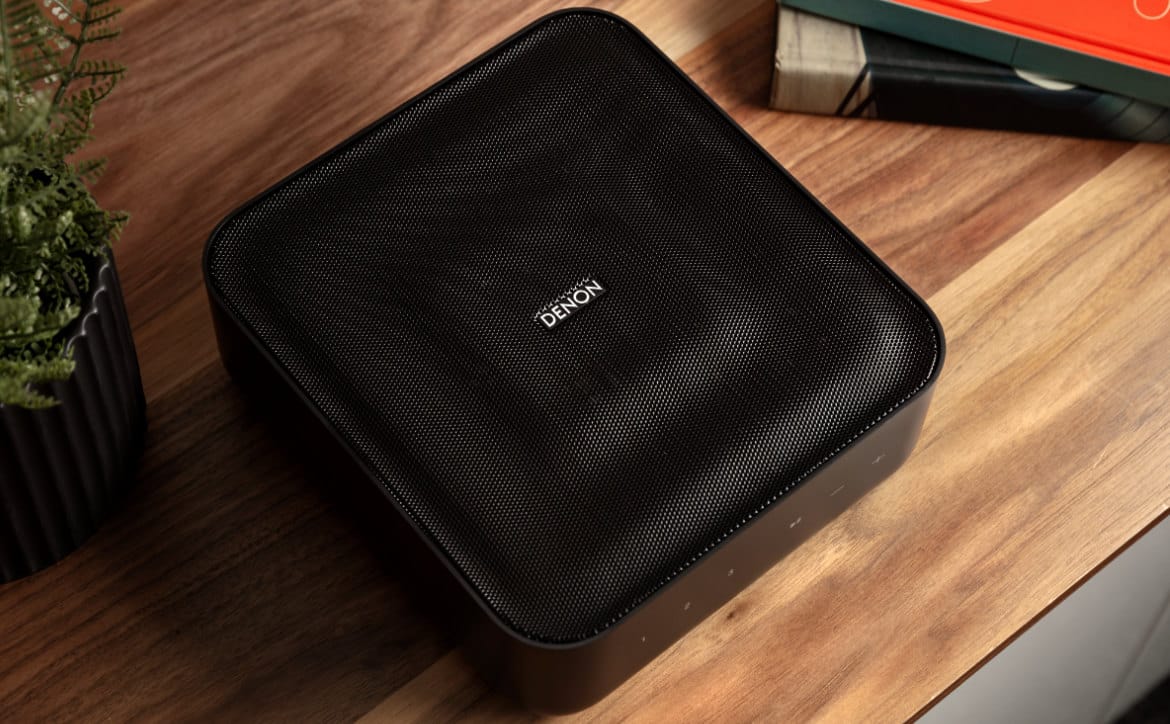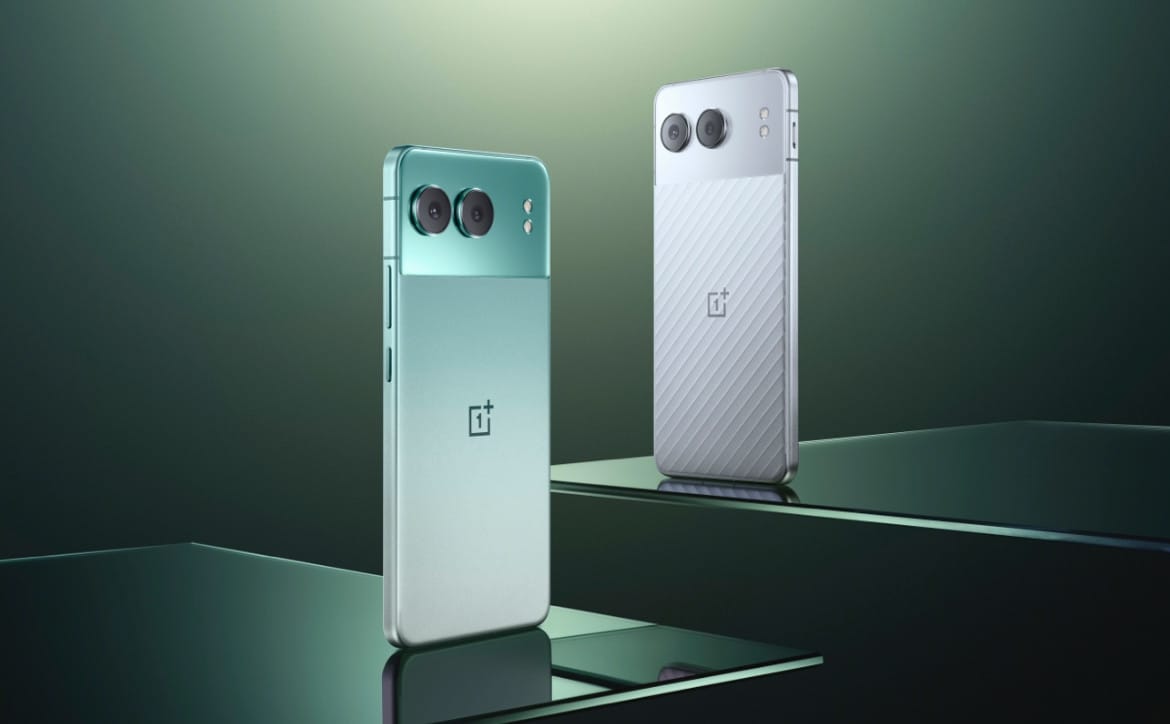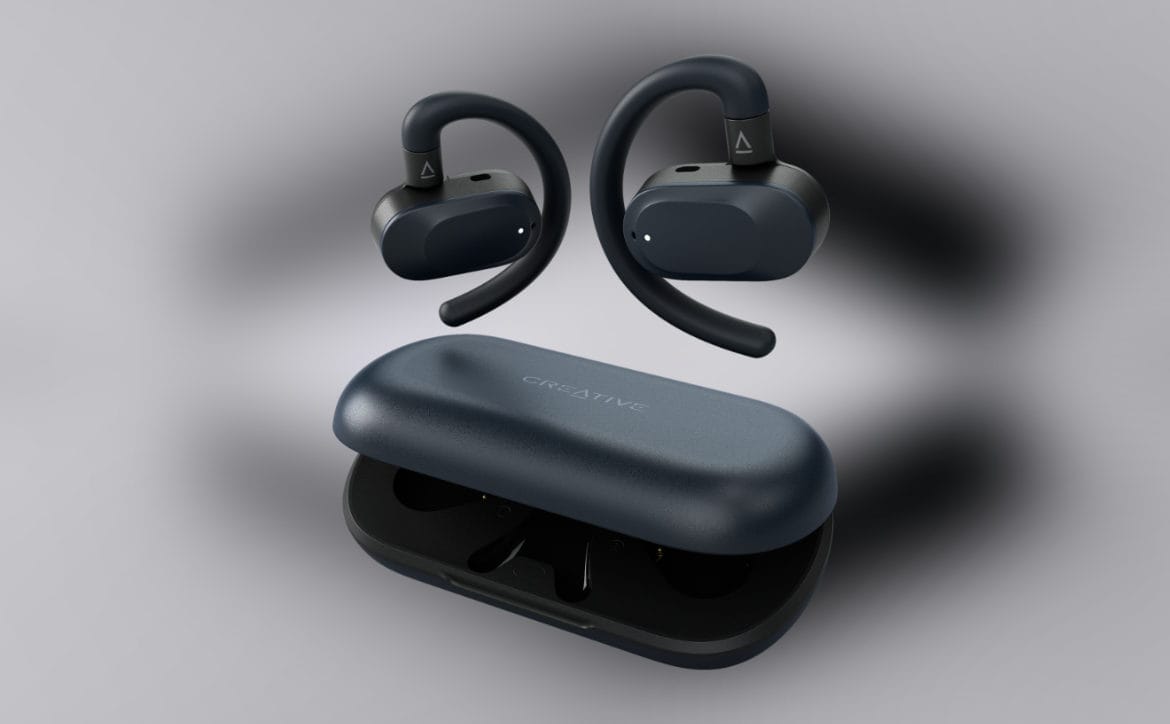Apple’s new ARKit development software is already being tested and used by developers. ARKit is very much like Google’s Project Tango in that it uses augmented reality (AR) to interact with the world around you. Project Tango hasn’t really taken off but Google is still actively working on it and Lenovo did put out a consumer grade device that runs the software. Apple’s CEO, Tim Cook, has often been cited as saying that AR was the future, not VR, so it’s no surprise that Apple is investing heavily into ARKit.
With the iPhone 8 due to be released either in September or shortly after, depending on Apple’s supply chain situation. The iPhone 8 is said to be sporting special cameras and 3D laser technology that will take advantage of AR apps. The possible uses of AR are pretty extensive and the video below shows one app that is measuring a kitchen using only the iPhone.
🤔 measuring a kitchen shouldn’t be this satisfying…like, at all 🤔 https://t.co/7nhacasdnO → app by @SmartPicture3D 📏 pic.twitter.com/eztjNbDVyL
— Made With ARKit (@madewithARKit) July 12, 2017
ARKit uses Visual Inertial Odometry (VIO) to accurately track the world around it. VIO fuses camera sensor data with CoreMotion data. These two inputs allow the device to sense how it moves within a room with a high degree of accuracy, and without any additional calibration.
With ARKit, iPhone and iPad can analyze the scene presented by the camera view and find horizontal planes in the room. ARKit can detect horizontal planes like tables and floors, and can track and place objects on smaller feature points as well. ARKit also makes use of the camera sensor to estimate the total amount of light available in a scene and applies the correct amount of lighting to virtual objects.
ARKit runs on the Apple A9 and A10 processors. These processors deliver breakthrough performance that enables fast scene understanding and lets you build detailed and compelling virtual content on top of real-world scenes. You can take advantage of the optimizations for ARKit in Metal, SceneKit, and third-party tools like Unity and Unreal Engine.
No Apple isn’t the first to start testing AR apps with specialized software behind them, but it is still fun to watch videos like this. It will be interesting to see if Google or Apple make AR apps mainstream and who will get there first.
What do you think of this video and app? Let us know in the comments below or on Google+, Twitter, or Facebook.

